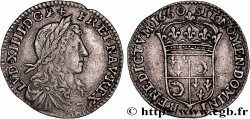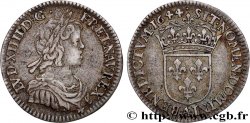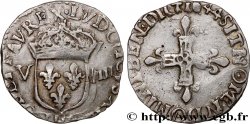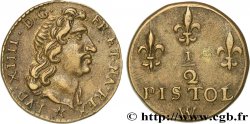Live auction - bry_765546 - LOUIS XIV "THE SUN KING" Écu de Navarre, portrait à la cravate courte 1672 Saint-Palais
You must signin and be an approved bidder to bid, LOGIN TO BID. Accounts are subject to approval and the approval process takes place within 48 hours. Do not wait until the day a sale closes to register. Clicking on "BID" constitutes acceptance of the terms of use of cgb.fr private live auctions.
Bids must be placed in whole Euro amounts only. The sale will start closing at the time stated on the item description; any bids received at the site after the closing time will not be executed. Transmission times may vary and bids could be rejected if you wait until the last second. For further information check the Live auction FAQ
All winning bids are subject to a 18% buyer’s fee.
All winning bids are subject to a 18% buyer’s fee.
| Estimate : | 4 000 € |
| Price : | 2 500 € |
| Maximum bid : | 2 500 € |
| End of the sale : | 06 September 2022 16:42:27 |
| bidders : | 1 bidder |
Type : Écu de Navarre, portrait à la cravate courte
Date: 1672
Mint name / Town : Saint-Palais
Quantity minted : 29651
Metal : silver
Millesimal fineness : 858 ‰
Diameter : 38 mm
Orientation dies : 6 h.
Weight : 26,82 g.
Rarity : R3
Coments on the condition:
Cet écu est frappé sur un flan large et légèrement irrégulier. Reliefs faibles au niveau du buste du roi. De petites stries d’ajustage au niveau du millésime. Le revers a été frappé avec un carré présentant une cassure à droite de l’écu. Monnaie recouverte d’une patine grise de médaillier
Predigree :
Exemplaire provenant de la vente de la Galerie Numismatique Drouot, 26 octobre 1979, n° 201 et de la collection Charlet
Obverse
Obverse legend : LVD. XIIII. D. G. (SOLEIL). - FR. ET. NAV. REX.
Obverse description : Buste drapé et cuirassé à droite de Louis XIV, avec la cravate de dentelle, la chevelure longue.
Obverse translation : (Louis XIV, par la grâce de Dieu, roi de France et de Navarre).
Reverse
Reverse legend : .SIT. NOMEN. DOMINI. BENEDICTVM (MM) 1672.
Reverse description : Écu couronné mi-parti de France et de Navarre.
Reverse translation : (Béni soit le nom du Seigneur).
Commentary
Ce type monétaire fut le dernier frappé dans la Monnaie de Saint-Palais. Il ne fut frappé qu'en 1672 à partir de carré utilisant le poinçon d'effigie à la cravate gravé par Jean Warin. Le 28 juillet 1672, un poinçon d'effigie fut déposé par Warin au greffe de la Monnaie de Paris et était destiné à la Monnaie de Toulouse, hors cet atelier ne frappa jamais d'écu avec ce poinçon. Il est probable que le poinçon destiné à la Monnaie de Toulouse, qui fut remis le 4 août 1672 au régisseur général Claude Thomas, fut déposé à la Monnaie de Saint-Palais. Cette hypothèse a été avancée pour la première fois par Christian Charlet, "Une utilisation à Saint-Palais, en 1672, d'un poinçon d'effigie destiné à la Monnaie de Toulouse ?", BSFN, juin 1994, p. 888-892. Christian Charlet et Emmanuel Henry se sont particulièrement intéressés à ces écus de Saint-Palais. D’après les travaux de Fernand Arbez, 29.651 exemplaires ont été frappés pour un poids total de 3.296 marcs 1 once 21 deniers. Exemplaire issu de la même paire de carrés que l’exemplaire de la vente The Bru Sale, 9 décembre 2011, n° 189. Un article spécifique de Christian Charlet consacré à cette monnaie et cette série a été publié dans le Bulletin Numismatique de janvier 2021. Une mise au point sur le poinçon d’effigie est en cours et sera publier par Christian Charlet et Arnaud Clairand. Le poinçon d’effigie n’est pas celui de Toulouse, mais bien un poinçon expédié depuis Paris.







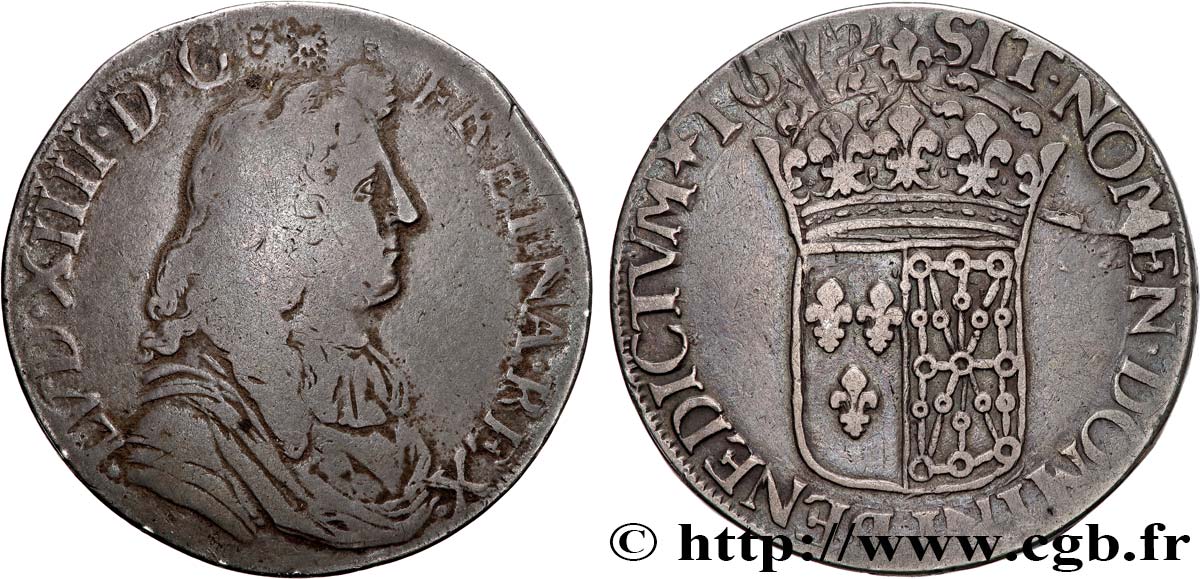
 Report a mistake
Report a mistake Print the page
Print the page Share my selection
Share my selection Ask a question
Ask a question Consign / sell
Consign / sell
 Full data
Full data

